Our first look and reactions for the Super Mario Bros Movie have come and gone but the Mario fever pitch will forever remain. The key point we should always remember is even if you played the arcade games as a kid in the 80s, your first game on the Nintendo 64 or you can’t put your Switch down with all the Mario games offered on it, someone somewhere is playing a Mario game for the first time. Timeless and iconic, Super Mario has withstood the test of time and will likely never fade away.
With all of its legacy in mind, surely we all have played a handful of Mario games at the least. There are so many spin-offs to offer as well. The Paper Mario series, Luigi’s Mansion, and the Kart and Party series have made sure someone has played a Mario game at least once. Mario isn’t even limited to his own franchise. Have you ever wanted to play all or at least the most significant mainline Super Mario Bros games? This is where we are going to take a deep dive into just that. Here’s every Super Mario Bros. Game you need to play, in chronological order.
What Counts as a Mainline Game
Let’s make one thing clear out of the gate, we are only looking at Super Mario Bros. games, no spin-off franchises. Also, main-line only means initial releases on home consoles. This means no remakes or handheld games at all. So no New Super Mario Bros. sadly. Let’s honorable mention those now and get it out of the way. Without further ado, let’s look at the Mario games that seem to never lose quality no matter what the next generation has to offer.
Super Mario Bros (1985)
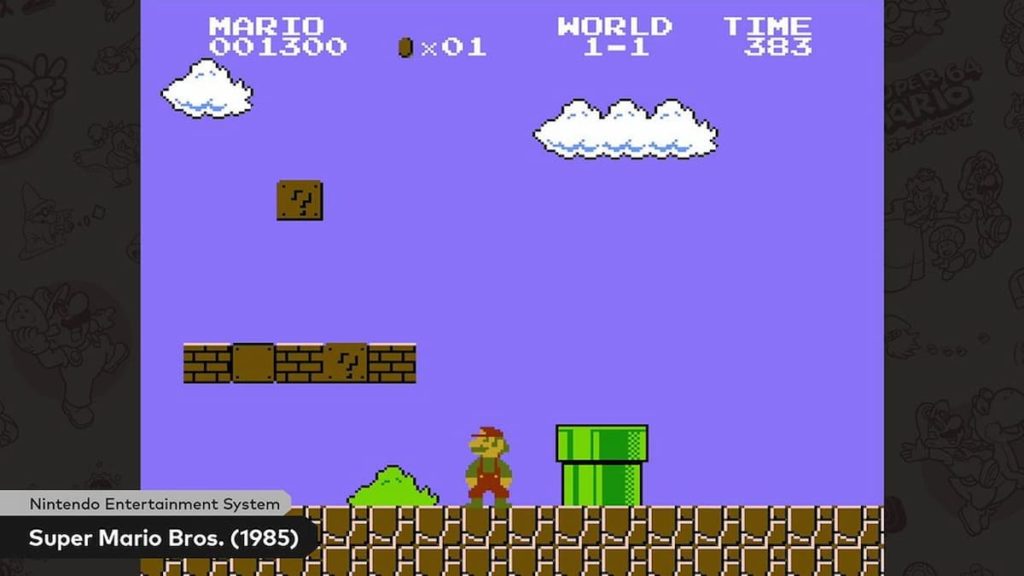
To say the graphics of the original 1985 classic still hold up today is a bit of an understatement. Yes, simple and clean designs, nothing you can’t duplicate today. Make no mistake though, that only holds up to the testament of Nintendo’s investment in 8-bit graphics and the test of time well designs games can possess. There are plenty of other examples of 8-bit graphics that have aged like fine wine, another one is on this list, but you can bet the mold was broken with the success of Super Mario Bros.
There are numerous ways to play the original ’85 version of the game, some official, others we can’t promote, but just trust us, you can look up where and how to play it fairly easily. On the lore side of things, there are fun things to note. In western translations, Princess Peach was not named until 1993. Till then she was referred to as “Princess Toadstool”. Not too bad of a localization considering it is her official last name. The reasoning seems to come from the American Nintendo team thinking the Mushroom Kingdom princess named “Peach” would be too confusing. At least it changed eventually, give or take 8 years.
Super Mario Bros. 3 (1988)

You can have a whole article and then some to cover what happened with Super Mario Bros. 2. So instead of that, let’s just say ultimately the anticipated sequel everyone outside of Japan got, wasn’t really a Mario game. Depending on the type of fan you are, it’s a bit split. Some fans still think it’s a worthy and unique installment to the franchise. Other fans find the foresight of the game’s creation all too jarring with its graphics and gameplay. However, what all fans can agree on, is Super Mario Bros 3 takes some ideas from 2 and the first game and make a nearly perfect 2-D bit-based Super Mario Bros game.
Super Mario Bros. 3 famously introduces many mainstay elements to the franchise. We get the Koopalings, famous powerups like the SuperLeaf, the Tanuki Suit, and the world map structure still used in Mario games today. For many fans, this was where Super Mario Bros. became an indomitable, long-lasting franchise. Super Mario Bros. 3 became one of the highest-selling video games of all time with over 17 million copies worldwide in just 10 years. It held onto that record until it was naturally dethroned by the first generation of Pokemon games.
Super Mario World (1990)
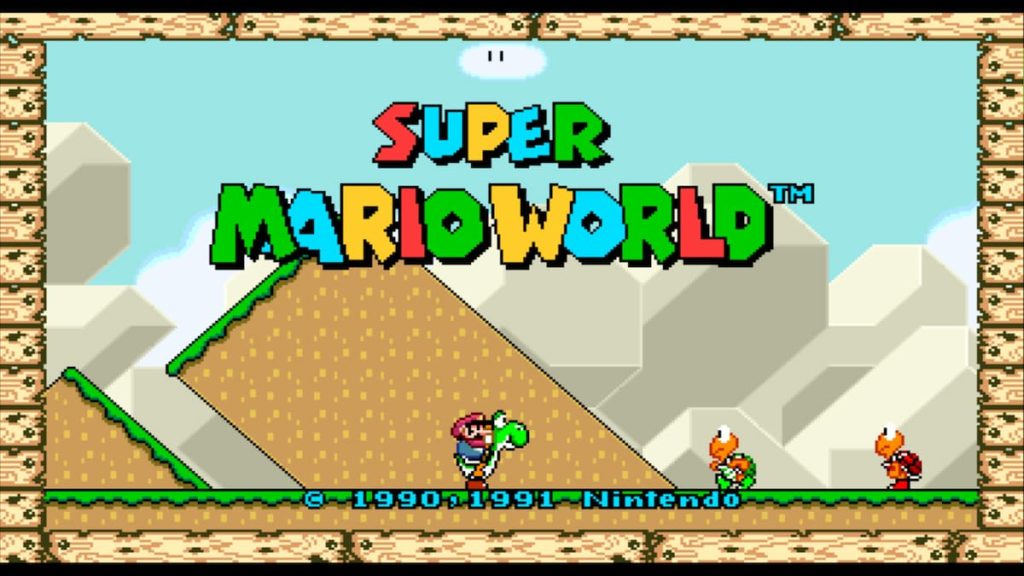
Known as Super Mario Bros. 4 in Japan, this installment, like every game before it, broke records and set new standards. The gameplay isn’t as renowned as 3’s but it did lead a whole new generation by becoming the best-selling game on the Super Nintendo Entertainment System (SNES). The game is notable for introducing Mario’s flying cape powers.
Most notably, the game introduces another lifelong Mario main-stay, Yoshi. Mario’s dinosaur friend was a dream character for franchise creator Shigeru Miyamoto since the first game in 85. We have to believe this is the reason why Shigeru calls this one his favorite Mario game he’s ever made. This game and the next are what propel the huge string of spinoff games and own rivaling popularity of Yoshi.
Super Mario World 2: Yoshi’s Island (1995)
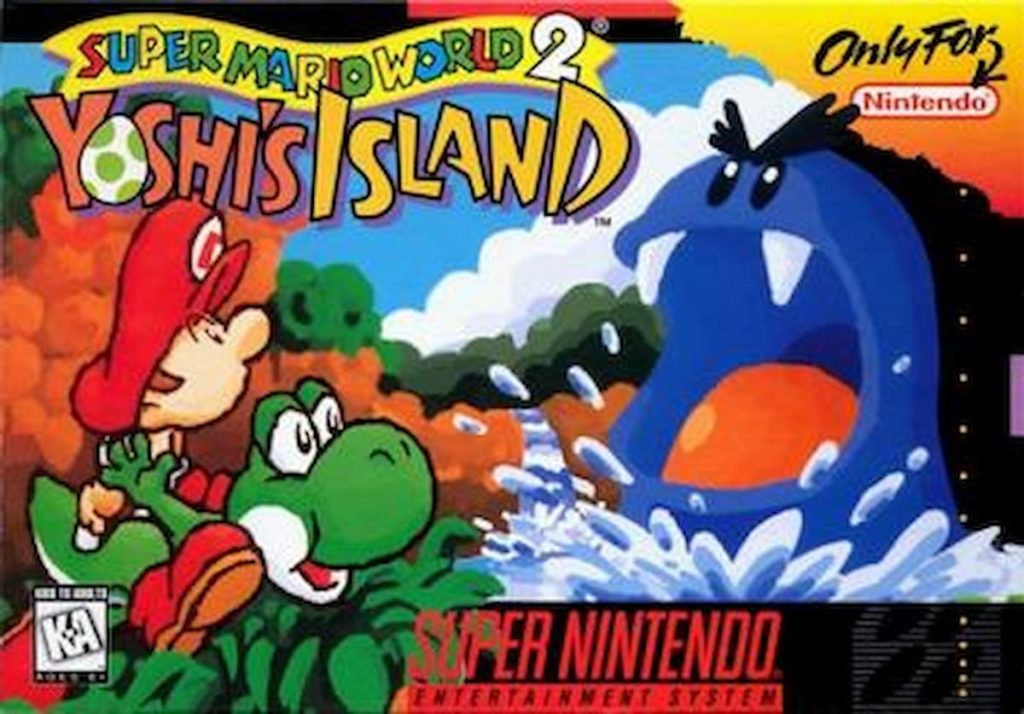
You’d think we would try and decide only between Super Mario World 1 or 2 to have you play, however, the historical significance of the first World game and the critical acclaim of Yoshi’s Island is just too hard to ignore one for the other. SM World 1 introduces us all to Yoshi finally after years of Miyamoto having to wait till game coding caught up to his vision. Yoshi’s island solidifies the koopa-eating dino’s iconic status forever embedded into video game history.
There is a lot to the legacy of Yoshi’s Island that cannot be ignored. You could dare say this is more of a Yoshi game than a Mario game since you play Yoshi the entire time. The new mechanics for Yoshi and the art style of the game was the first major departure for a Mario game since the main-line series inception. For this risk came a high reward as the game was labeled a revolutionary masterpiece for its time.
Furthermore, the retcon ramifications of the usual vague and scattered Mario lore now has Yoshi as a lifelong friend of Mario and Luigi who saved them as babies and rewrites Mario’s history. It seems long forgotten now but Mario and Luigi were originally plumber brothers from New York city… somehow… However, this game makes it apparent they were delivered and born in the land of Mushroom Kingdom instead.
Super Mario 64 (1996)
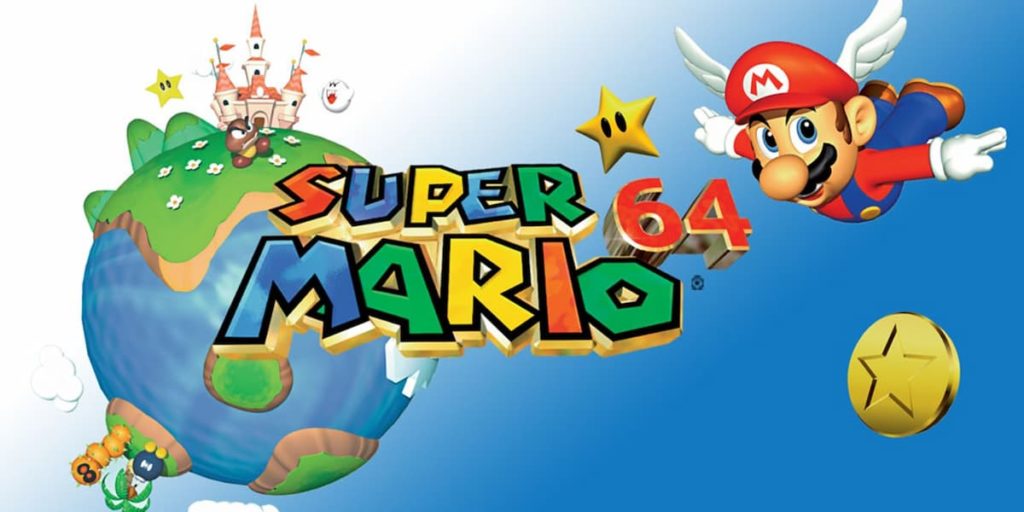
Never any rest for just how revolutionary and game-changing a Super Mario game is really. Just one year after Yoshi’s Island redefined the 2D platformer genre, Super Mario 64 was released to usher in a new era of 3D gaming. This is no doubt one of the most talked about Mario games of all time if not one of the most recognizable videogames in history. It almost seems a bit effortless how Mario 64 embraced such a drastic transition at the first attempt. It’s a nearly perfect early gaming experience, bugs or glitches be damned.
Not only did Mario 64 introduce the 360-degree play camera to the platforming genre, but it solidified the collect-athon expectations laid down by Donkey Kong Country only a few years prior. Now you couldn’t play a platforming game of any kind for the next 20 or so years without expecting somewhere north of 200 or way more individual items to gather as a completionist.
The game also contains the debut of Metal Mario and introduces a much more complex way to battle the forever-enemy Bowser. To put it short and sweet, no matter what you say about Mario 64, it will always be the benchmark for 3D platforming games moving forward, possibly forever, even for other Mario games.
Super Mario Sunshine (2002)

Now to talk about the odd one out in the family. Super Mario Sunshine is unlike any other Mario game to come out before or since. It also is somewhat of a necessary stumble to make the next string of games as wonderful to play as they are. Before anyone starts throwing stones, Sunshine is my personal favorite Mario game because of its wonderful setting and unique concept.
Sad to say though, time has not been kind to Mario Sunshine. Fans have become more and more divided on the game. Is it really worth your time? Some players claim game-breaking bugs, bad save issues, and annoying controls throughout its now 20-year history. Others flat-out claim the squirt-gun mechanics of FLUDD feel that it’s “not really Mario”. Like Super Mario Bros. 2 before it, you’ll really need to play it yourself to decide.
On the slightly bright side of things, however, it was critically acclaimed upon release and many aspects of Mario 64 were refined quickly for the follow-up that is Sunshine. Much of its gameplay is still used in other Mario games today as well. It’s also notable for introducing Bowser Jr and Shadow Mario.
Perhaps it’s the strange case of low sales on the Nintendo Gamecube that contribute to many believing the game was a slight fall from grace compared to literally every other installment of the franchise. Whether that be the case or not, Sunshine’s appeal comes from when you want a Mario game with a little extra flare, being the first 3D game to do so.
Super Mario Galaxy 2 (2010)
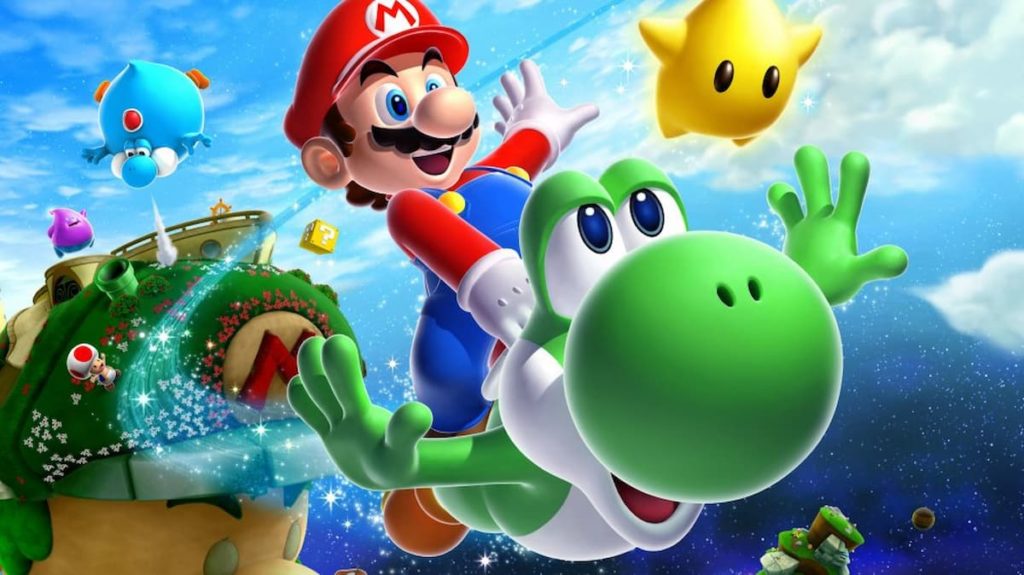
Now, of course, you should play Super Mario Galaxy as well anyway. However, Galaxy 2 is literally exactly what people want in a quick follow-up sequel: everything great about the first, plus much more. Fans and critics alike already gushed about the first Mario Galaxy. Somehow they managed to gush about Galaxy 2 even more. Miyamoto had so many ideas for Galaxy he couldn’t contain them all in one game. That’s where Galaxy 2 comes in.
Adding Yoshi to the mix, creating never before seen interactive environments and six brand new powerups, Galaxy 2 gave diehard Mario fans all they could ask for. It’s one of the few games in videogame history that almost anyone you ask will say is “better than the first one”. Somehow the Mario team pulled it off. For many people, Super Mario Galaxy 2 has yet to even remotely be touched again in terms of innovation, creativity, and overall gameplay joy.
Super Mario Odyssey (2017)
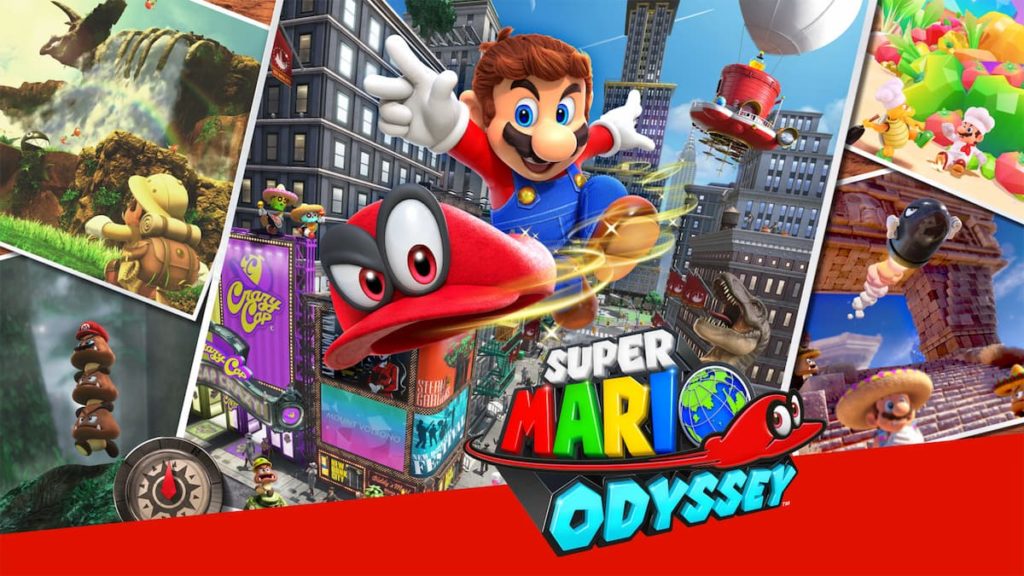
After what felt like forever in videogame time, fans waited with bated breath as the Nintendo Switch released the first mainline Mario game in 7 years. The real question on everyone’s mind seemed to be, did Mario finally peak with Galaxy 1 and 2? Of course, the question was no, not really. On one hand, it’s easy to argue how similar the look and feel of Super Mario Odyssey is to Galaxy. On the other, once again the team behind Mario makes familiar things across the whole series come with fresh perspectives.
The latest in subtle mechanic changes comes with a magical hat that lets you take control over certain creatures in every new world you visit. The hat is a being itself, talking and helping you through your journey. Regardless of new or old mechanics, Odyssey never feels dull or truly retreading older Mario games. Even familiar gameplay never slows you down from wanting once again to collect everything, see everything and explore environmental secrets that further your experience.
Odyssey, like almost every Mario game before it, gave a strangely perfect and irreplicable blend of nostalgia and innovation that only seems to come with a main-line Super Mario Bros game.


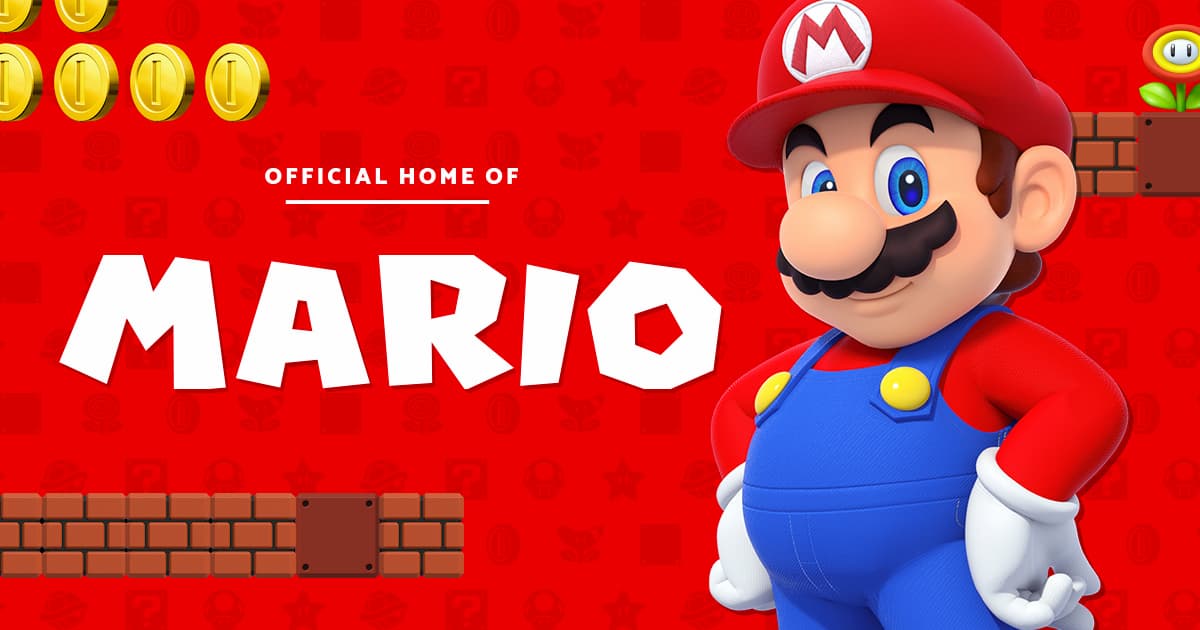
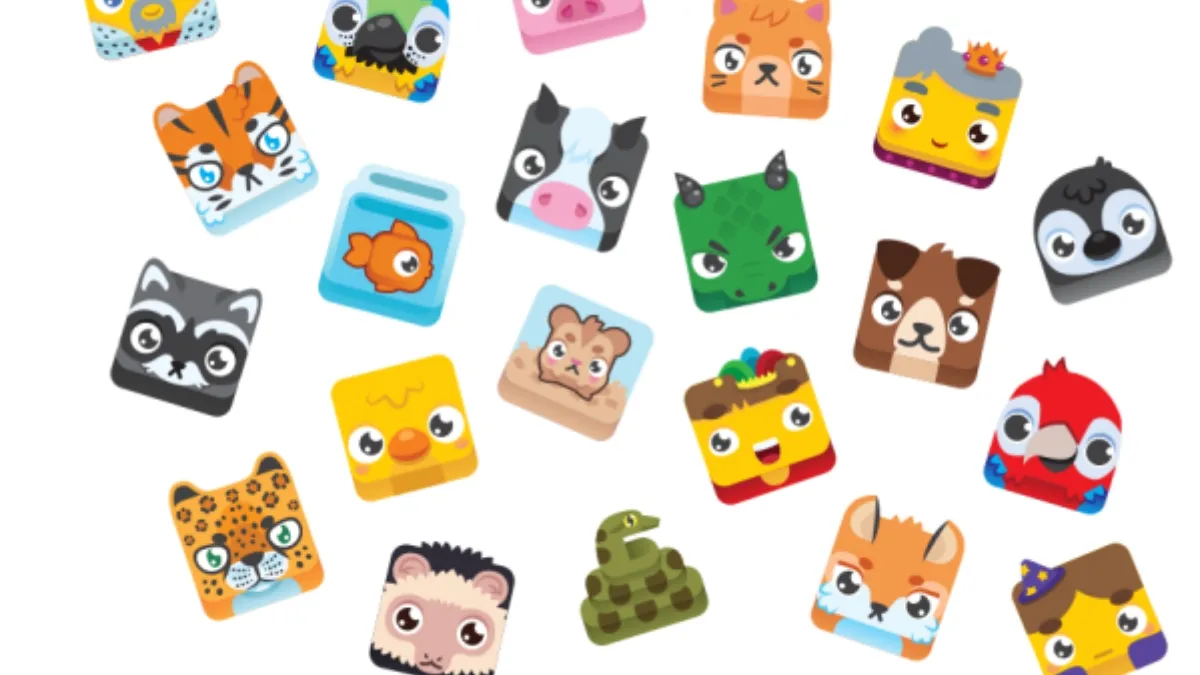
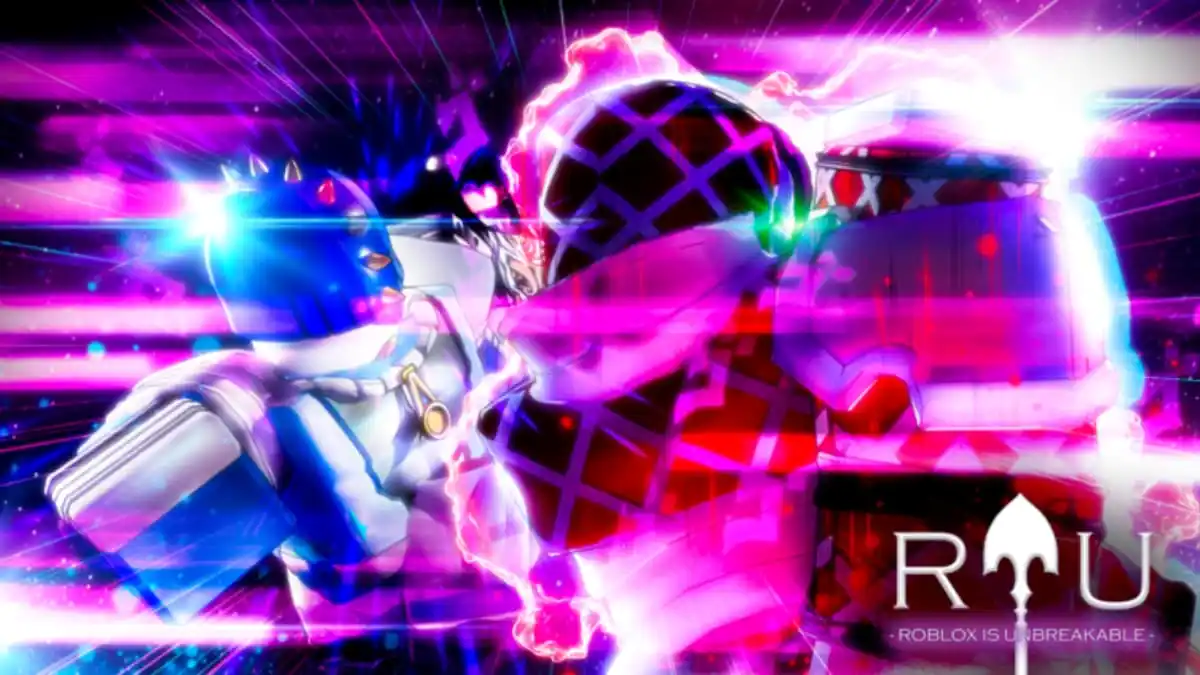
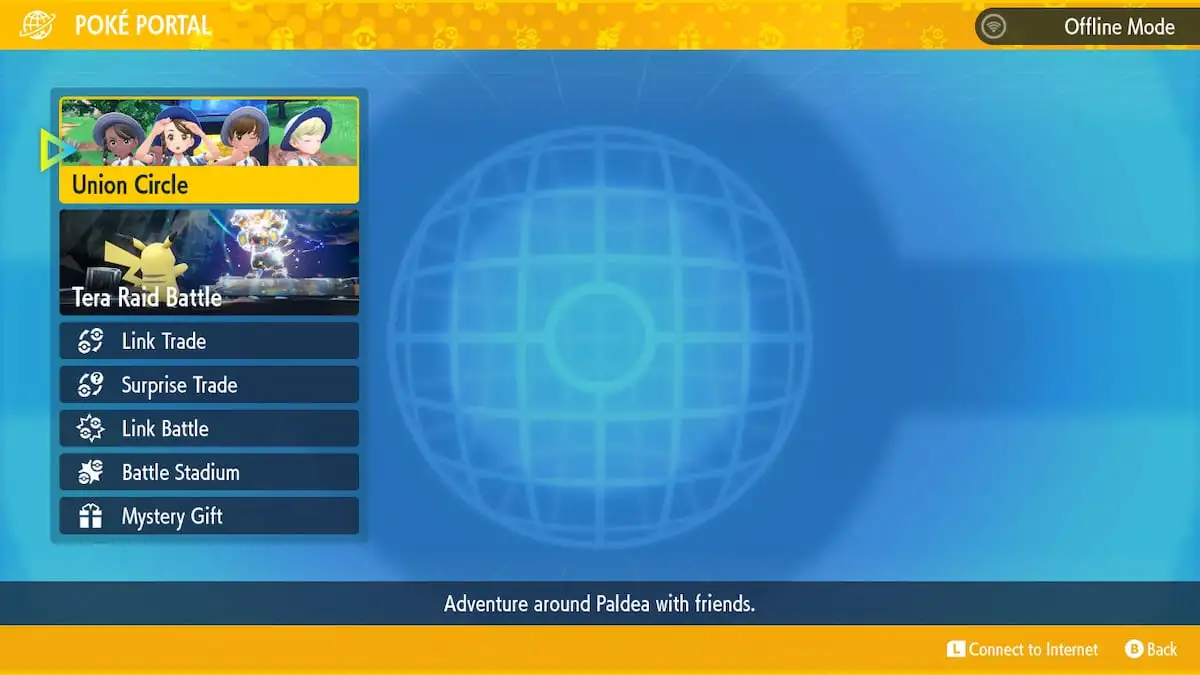
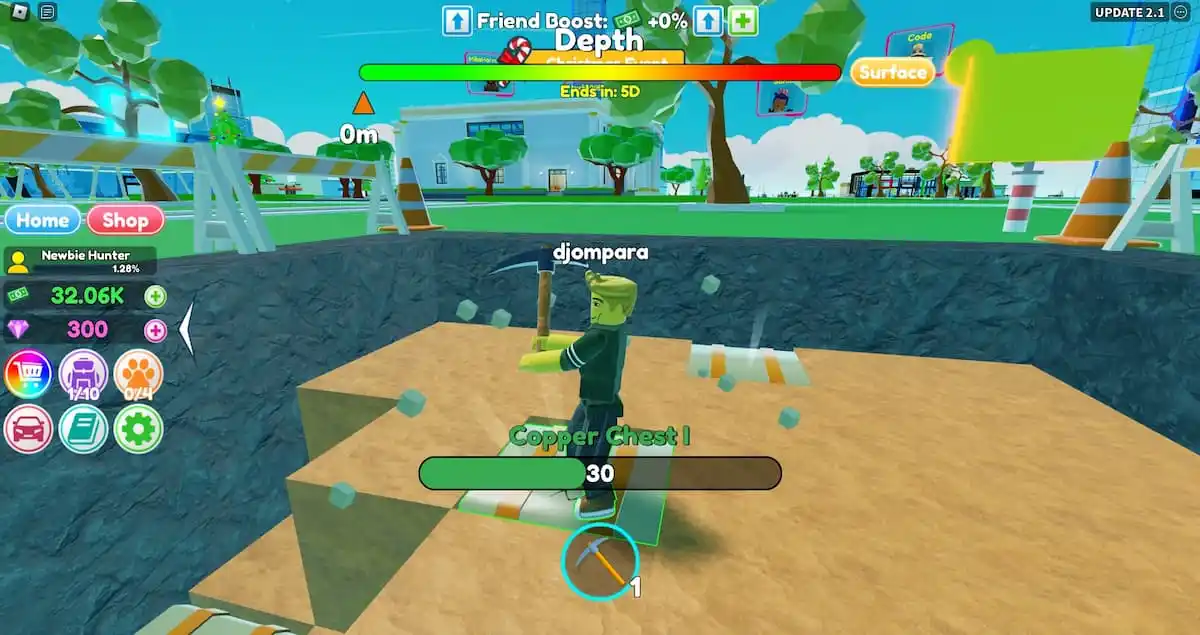
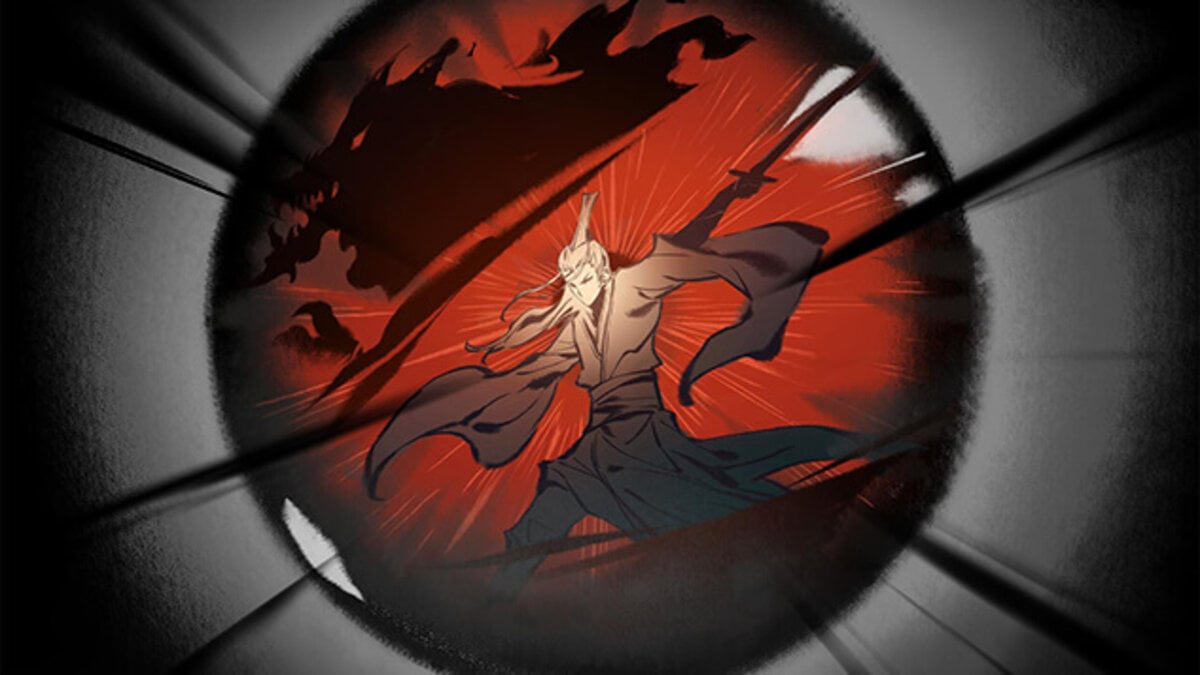
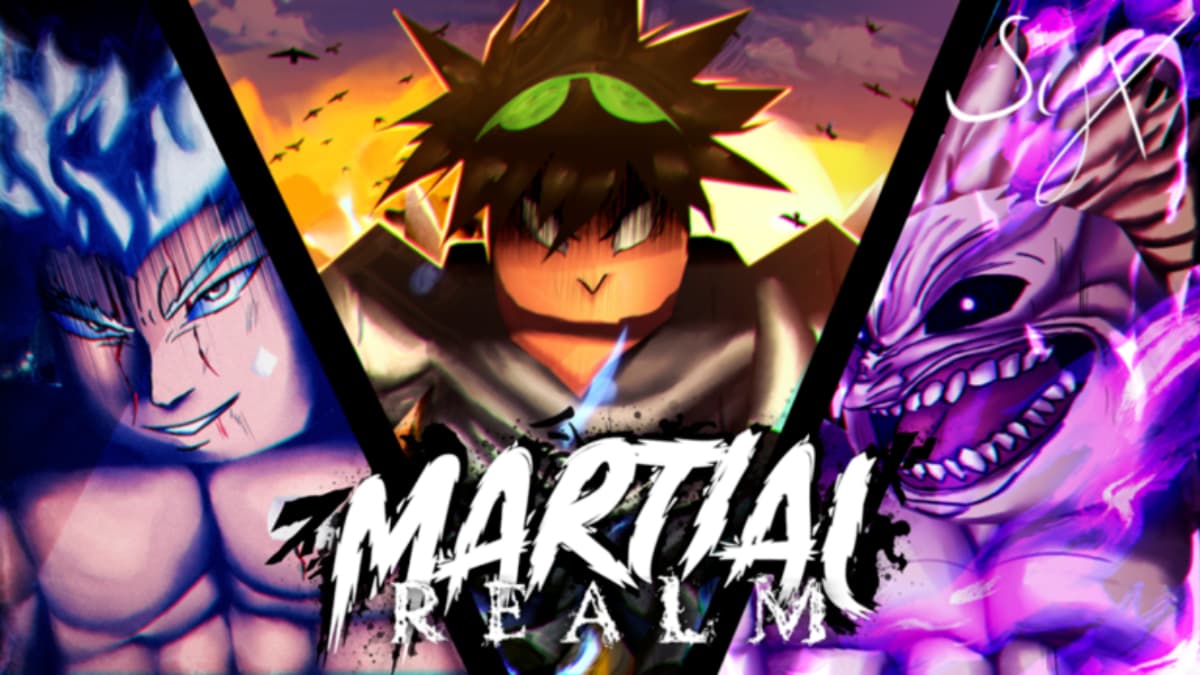

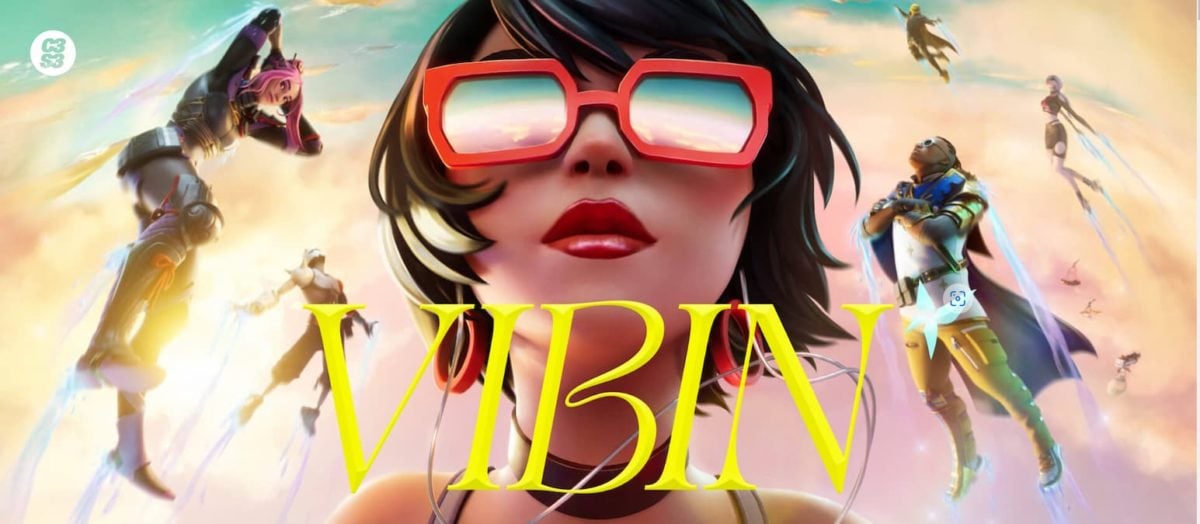
Published: Oct 27, 2022 10:01 am